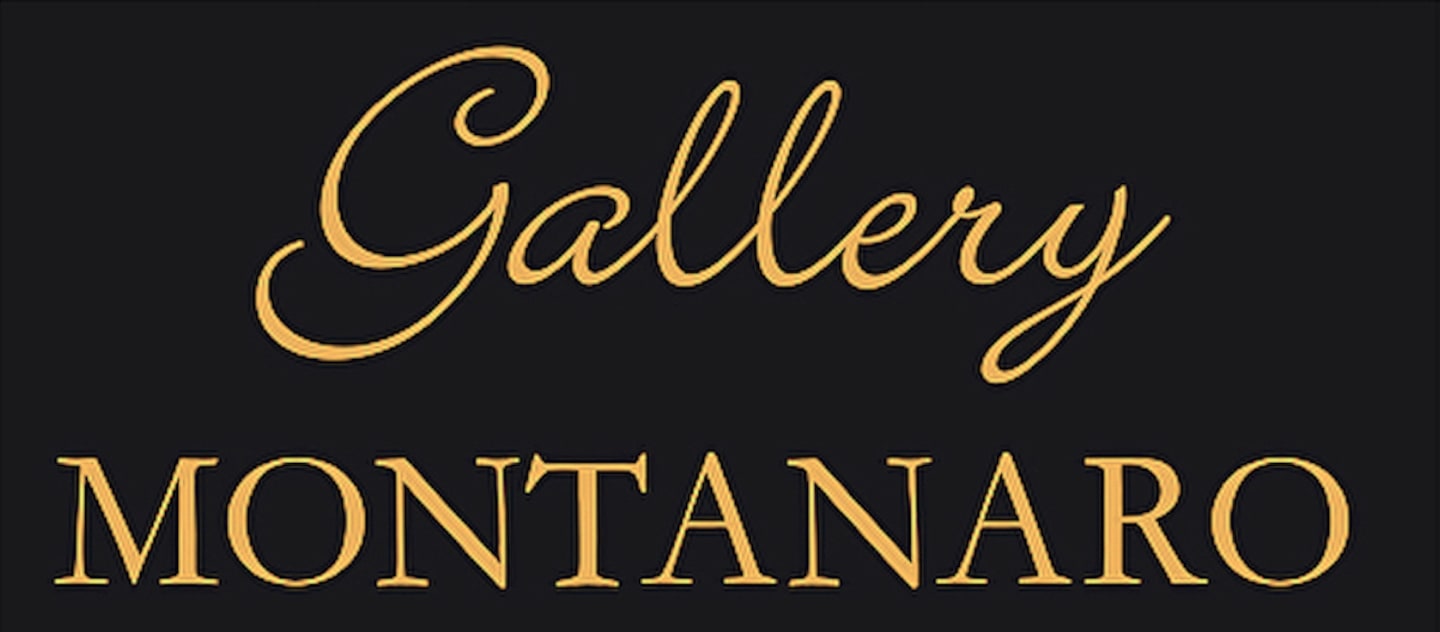James Jeffrey Grant (1883-1960)
James Jeffrey Grant was a distinguished Scottish-American painter, engraver, and illustrator known for his vibrant depictions of American urban and coastal life in the early 20th century. Born in Aberdeen, Scotland, in 1883, Grant was the son of an artist and began painting at an early age. He studied at the Gray's School of Art in Aberdeen on a national art scholarship and had his work exhibited at the Aberdeen Art Gallery by the age of 17.
In 1904, Grant immigrated to Canada, where he worked as an engraver and sign painter. By 1907, he had settled in Chicago, where he pursued further studies at both the School of the Art Institute of Chicago and the Chicago Academy of Fine Arts. While continuing his engraving work through 1920, Grant remained dedicated to his painting, capturing scenes of everyday American life with bold brushwork and a keen sense of composition.
Grant became a member of Chicago's esteemed Palette and Chisel Club in 1908 and was awarded the gold medal at the club's 1917 annual exhibition. His work was widely recognized for its painterly approach and sensitivity to light and color.
In 1929, Grant discovered what would become one of his most beloved painting locations: Gloucester, Massachusetts, a historic fishing town and popular destination for American plein air painters. He also painted extensively in Rockport, Charleston, South Carolina, rural Illinois, and various neighborhoods around Chicago.
Today, James Jeffrey Grant is remembered as a significant figure in American regionalism, blending the influence of his European training with the energy and diversity of early 20th-century American scenes. His works are held in private and public collections and continue to resonate with audiences for their authenticity and painterly quality.
